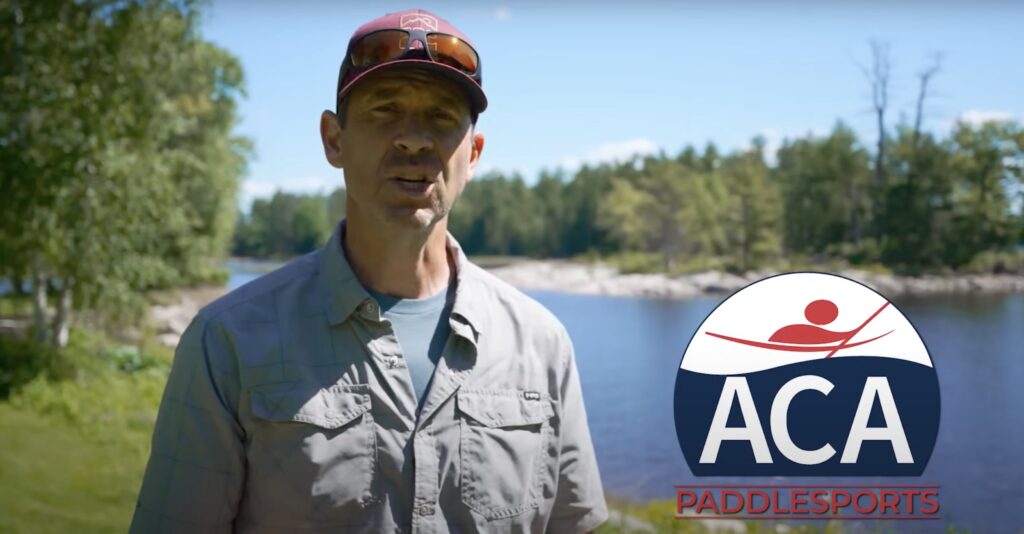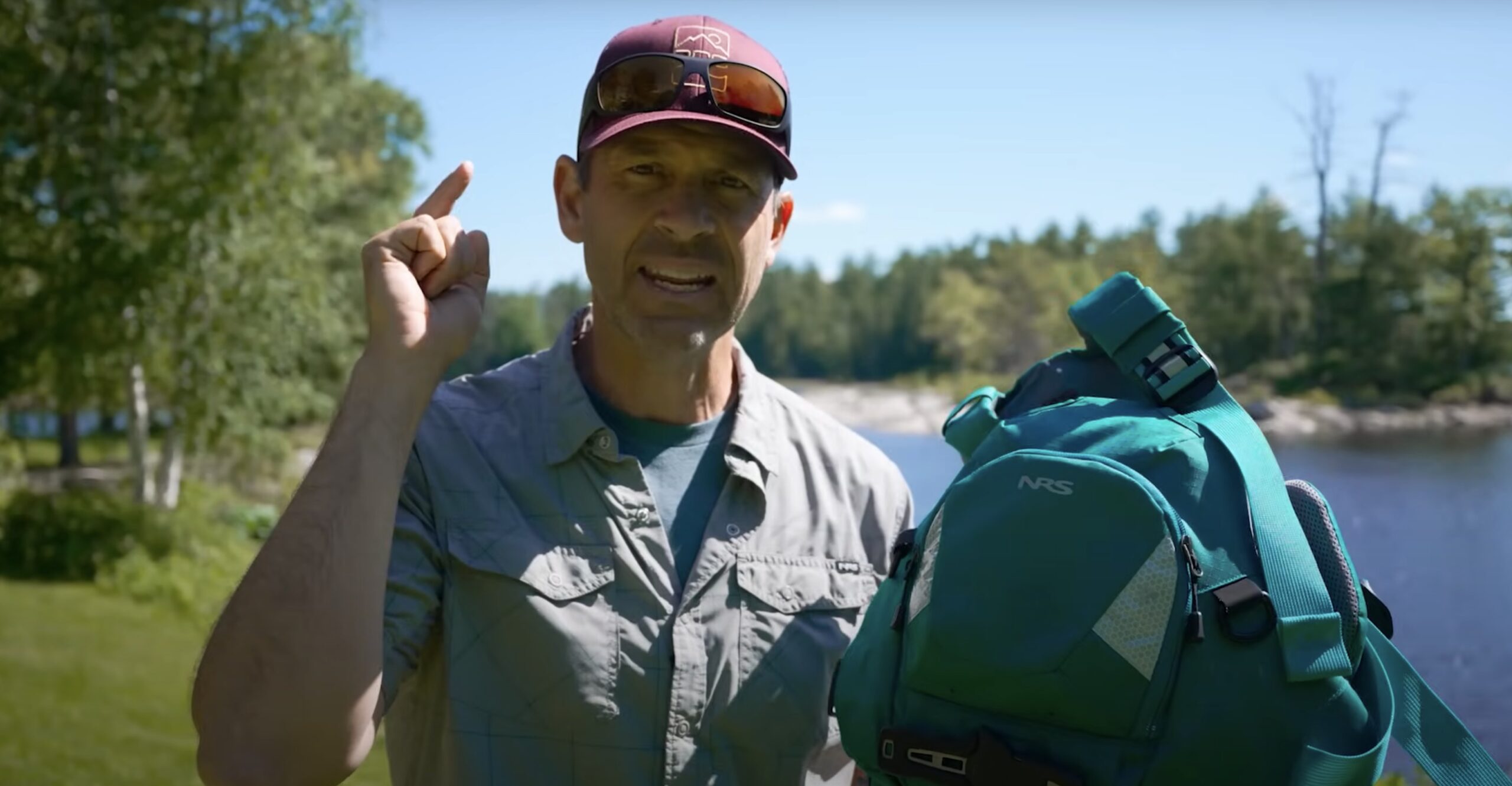We will to dive into another crucial topic that can truly make a difference in your paddling adventures—safety and how to avoid fatal kayaking mistakes. Today, we're going to discuss some of the biggest mistakes in kayaking that unfortunately can turn a fantastic day on the water into a nightmare.
First, let me emphasize something important—kayaking is an incredibly safe activity overall. However, like any sport involving nature's elements, it demands respect and preparedness. That's why I'm passionate about sharing these insights; to ensure your time on the water is not just exhilarating but also as safe as possible. I want to give a special shout-out to our partner, the American Canoe Association (ACA). They've been instrumental in promoting paddling safety and education. Check out their paddling course for more great information.
Wear Your PFD (Personal Flotation Device)
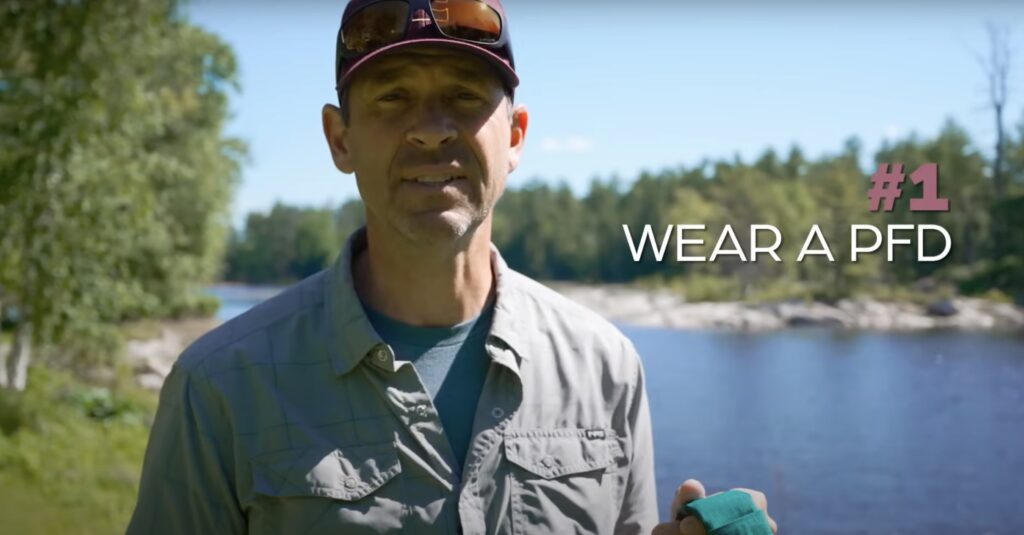
Let's start with the basics. Wearing a PFD isn't just a suggestion; it's non-negotiable. As my friend Chad Hoover humorously puts it, “PFD stands for ‘pretty freaking dumb' if you don't wear one.” Whether you're paddling calm waters or braving more challenging conditions, a PFD is your seatbelt on the water—an essential piece of gear that can save your life in unforeseen circumstances.
Dress for Immersion
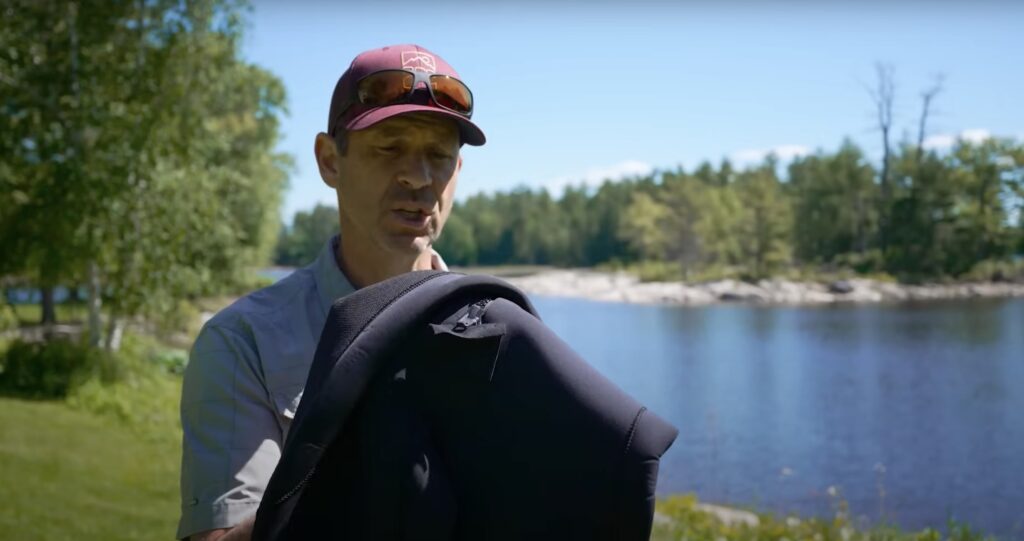
One of the gravest mistakes paddlers make is not dressing appropriately for immersion. Imagine a warm day on the beach; it's tempting to wear light, cotton clothing. However, when you're paddling and there's a chance of immersion in cold water, cotton becomes your worst enemy. Opt instead for synthetic fabrics like fleece or polypropylene that insulate even when wet, or consider a wetsuit or drysuit for added protection.
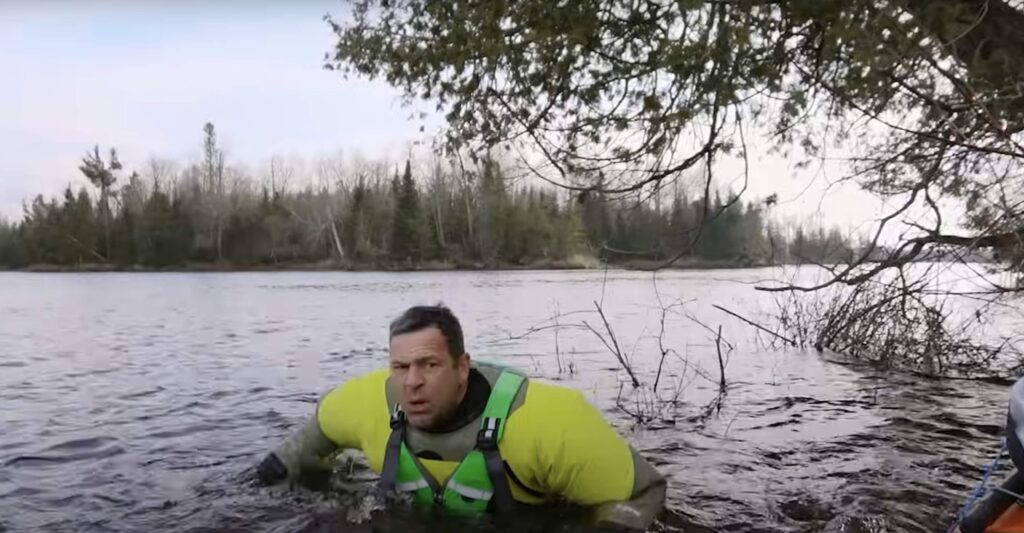
Know Your Limits: Distance from Shore and Re-Entry
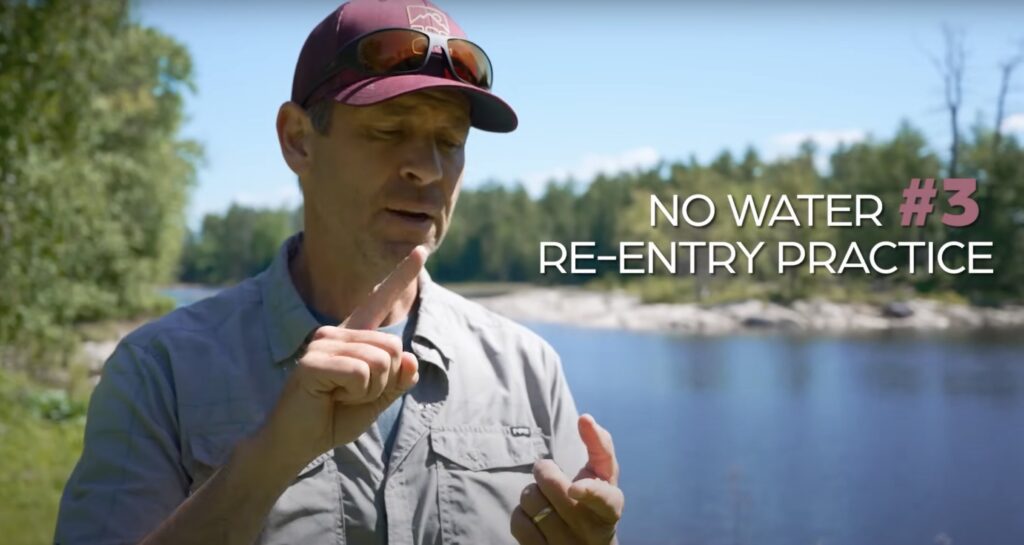
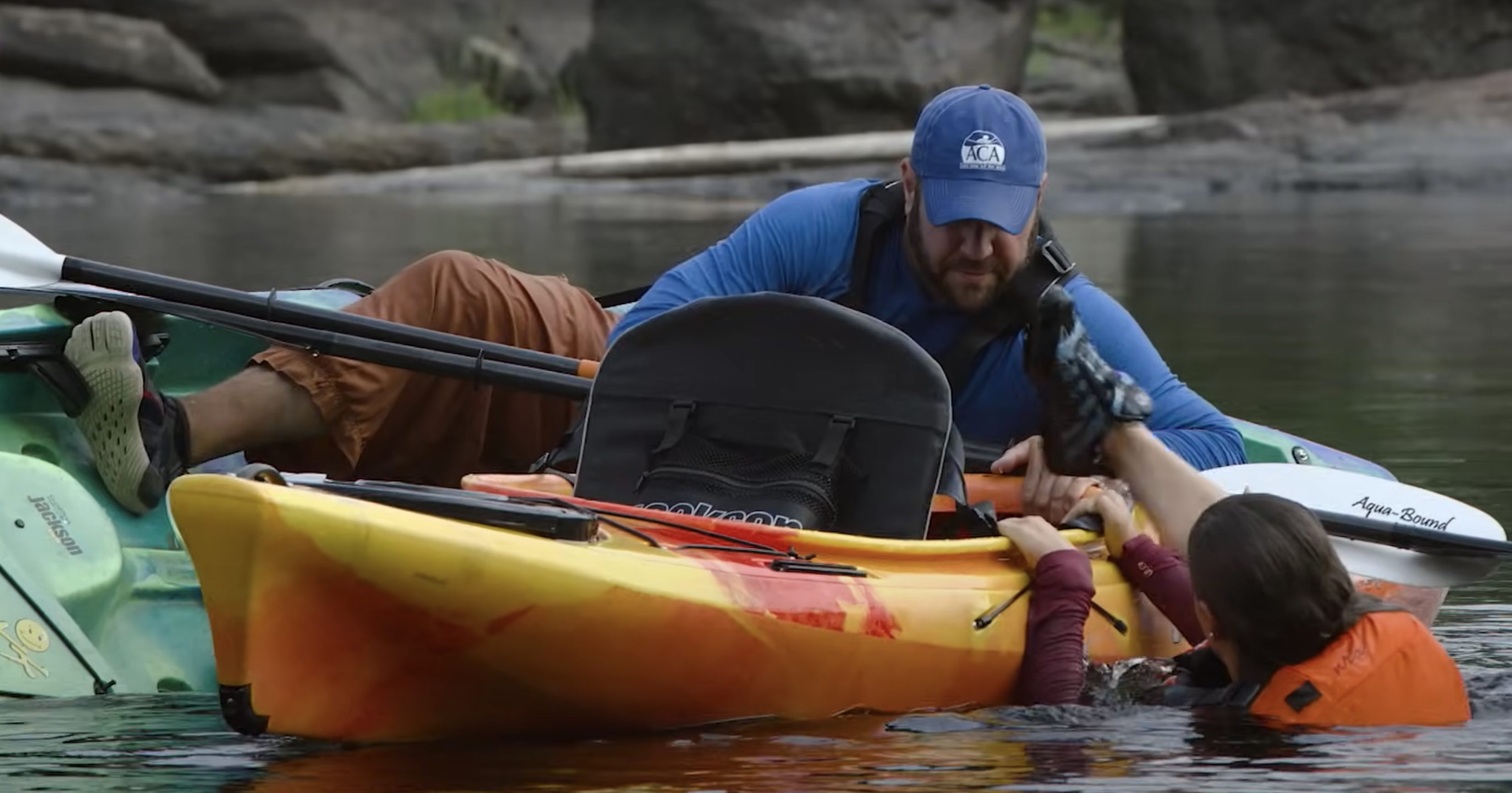
Another critical point is understanding your capabilities when it comes to re-entering your kayak from the water. Practice re-entry to the kayak, practice this skill in calm conditions before venturing further from shore. It's not just about physical strength; it's about confidence and preparedness for any scenario that might arise.
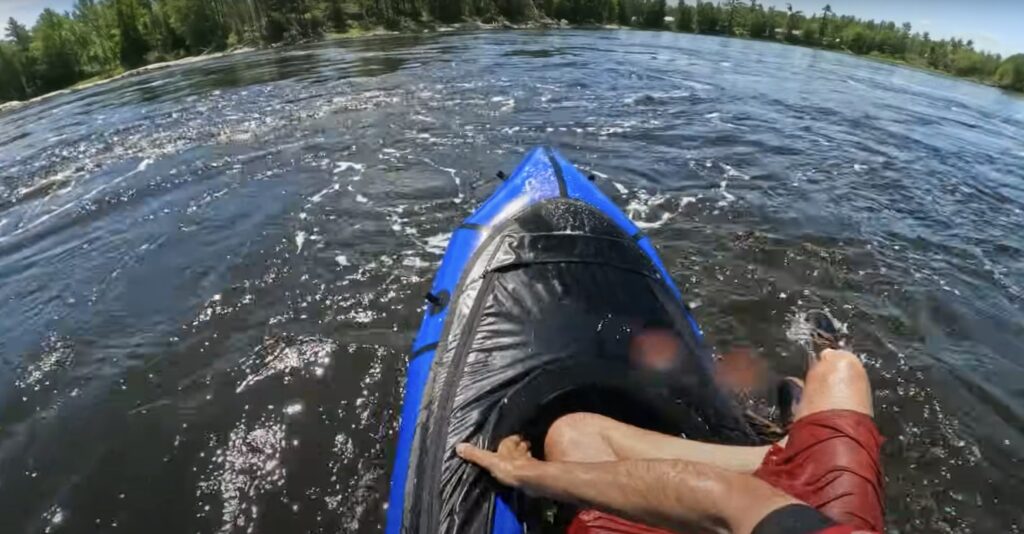
Respect the Weather
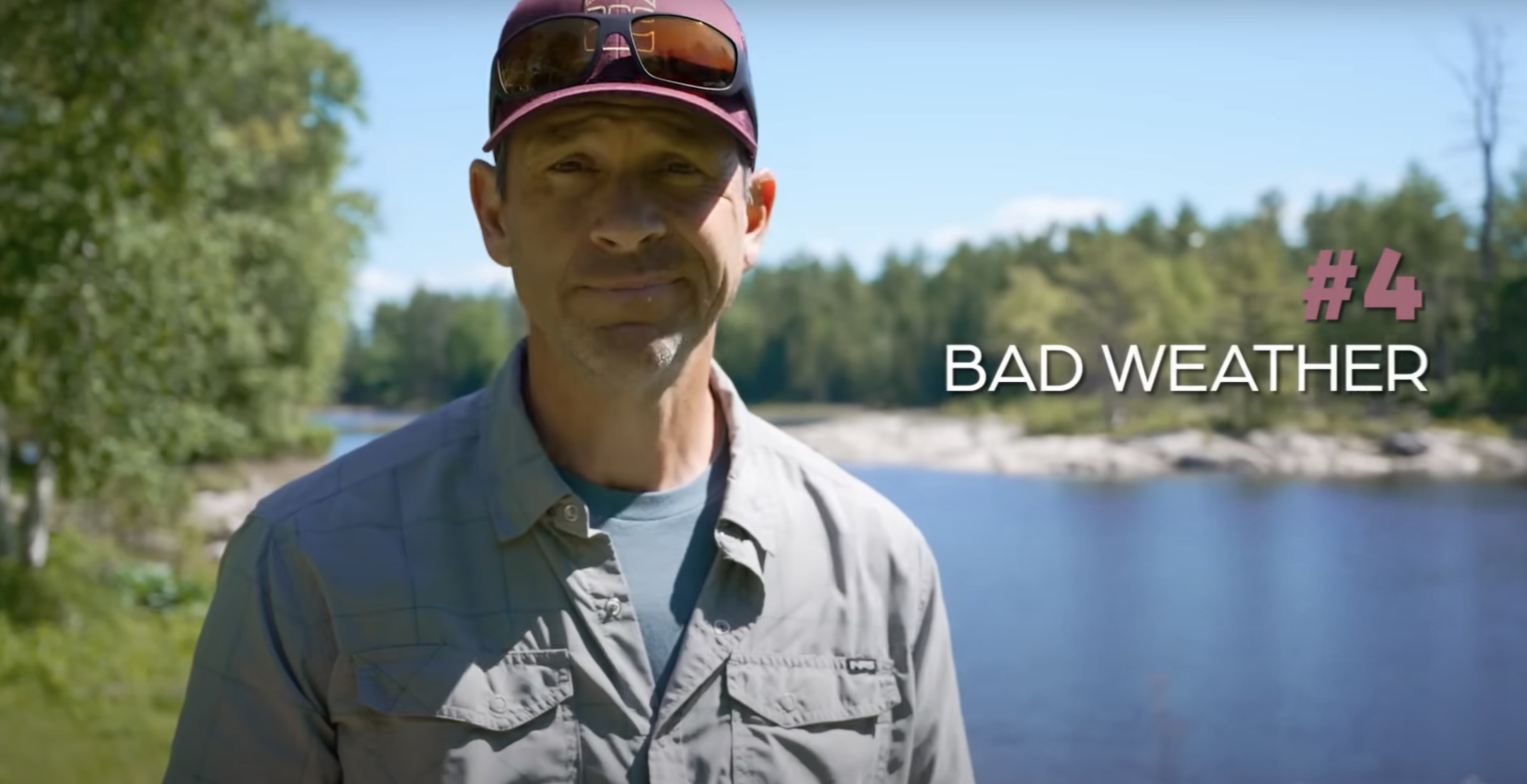
Bad weather can escalate quickly, posing significant risks if you're unprepared and potentially becoming a fatal kayaking mistake. Always check the forecast and be ready to adjust your plans. Never feel compelled to push forward through hazardous conditions; having the ability to wait it out or find shelter can make all the difference.
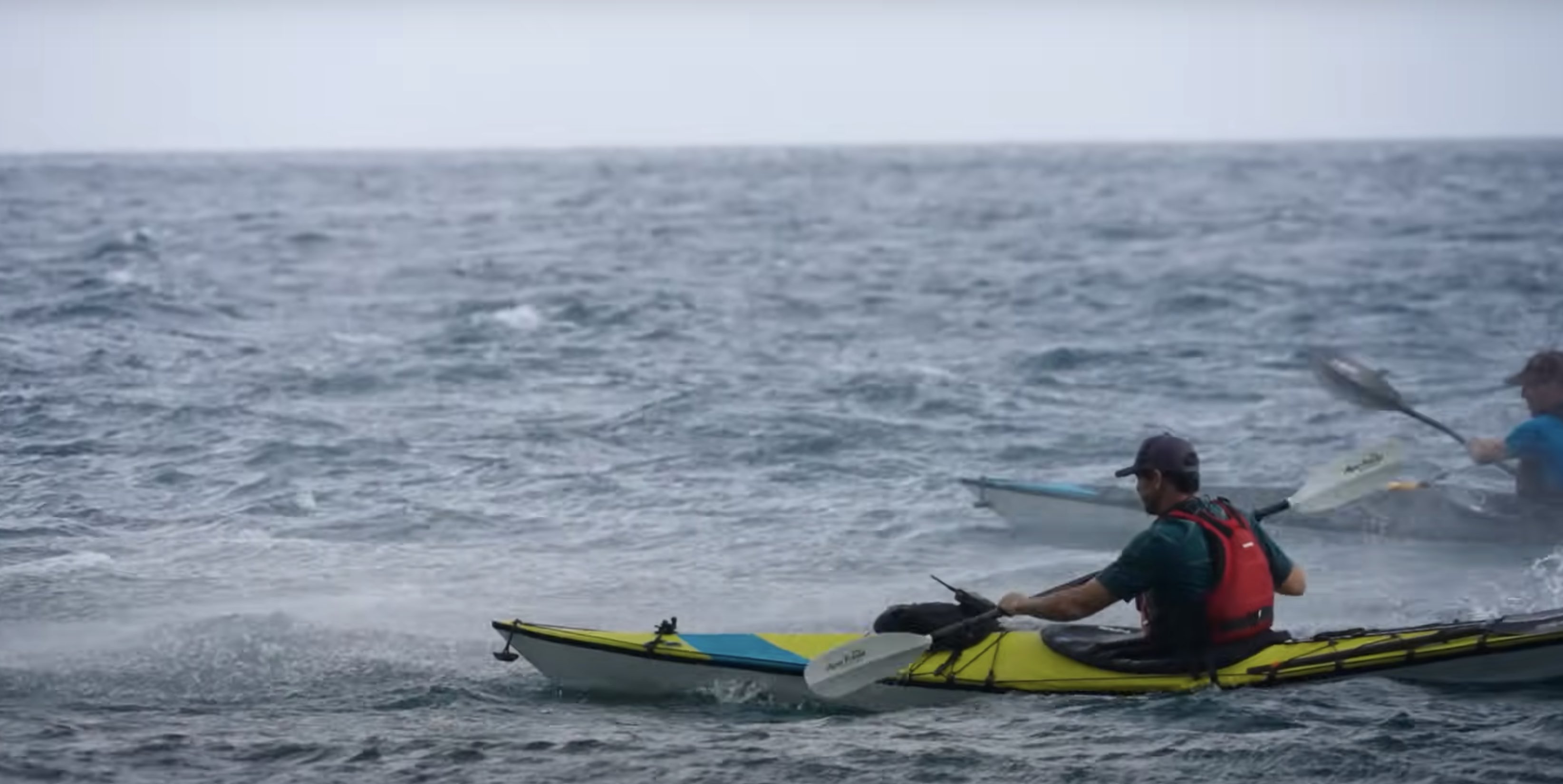
Awareness of River Hazards
Navigating rivers adds another layer of complexity. Dams and log jams can be lethal if not approached with caution. Avoid low-head dams and steer clear of log jams, especially in high-water conditions where currents are stronger and more unpredictable.
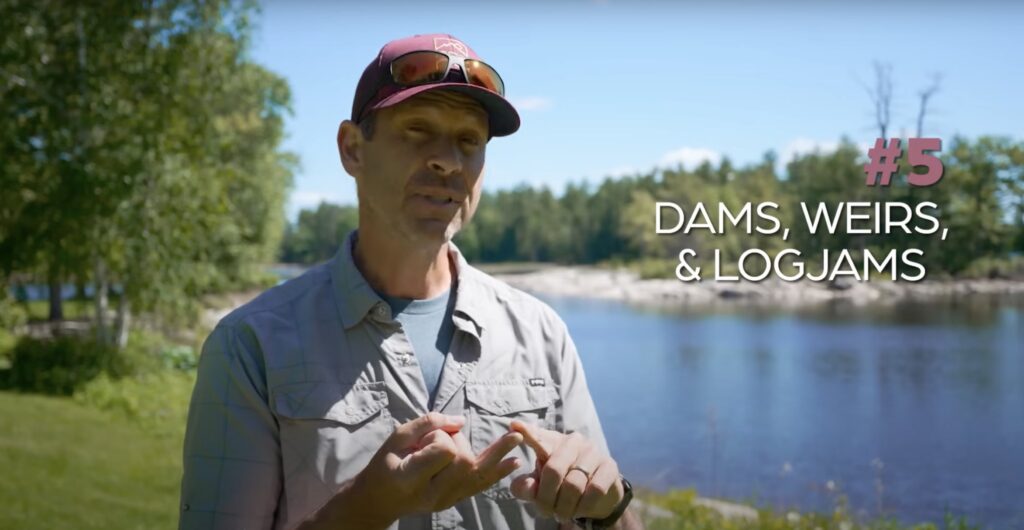

Stay Grounded: Standing in Current
Standing up in fast-moving water might seem harmless, but it can lead to serious accidents. The riverbed is often uneven and can trap your foot, making it impossible to regain stability. Always swim to shallow water before attempting to stand.
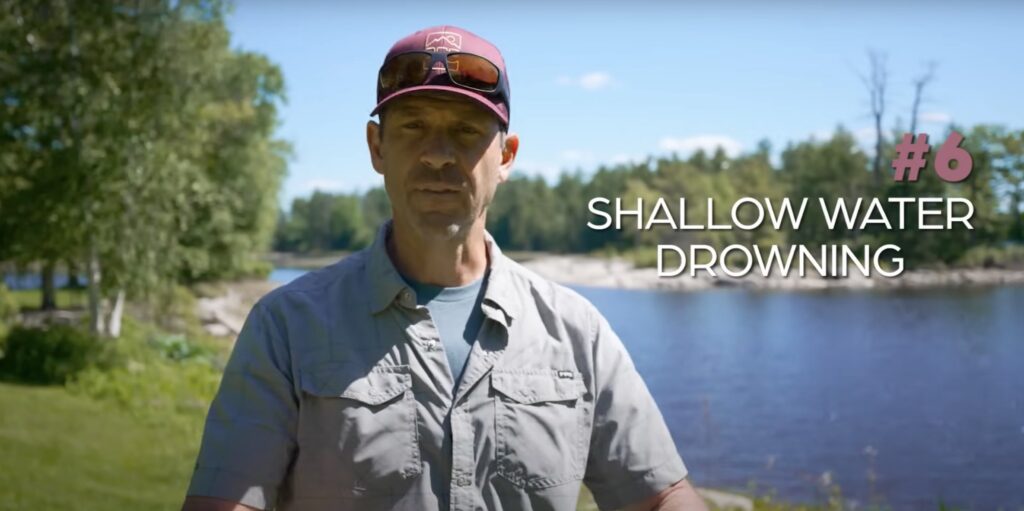
Protect Yourself from the Elements
Lastly, don't overlook protection from the sun and heat. Wear a hat, apply sunscreen, and choose clothing that shields you from UV rays. Staying hydrated is equally crucial; invest in reliable water filtration systems if paddling in fresh water.
By being aware of these common pitfalls and taking proactive measures, you can significantly enhance your safety and enjoyment while kayaking. Remember, preparation and knowledge are your best allies on the water.
I want to give a special shout-out to our partner, the American Canoe Association (ACA). They've been instrumental in promoting paddling safety and education. Check out their paddling course for more great information.
For more in-depth tips and insights, subscribe to my PaddleTV YouTube channel, where I cover a wide range of paddling topics and gear reviews. Stay safe, stay prepared, and keep exploring!
Happy paddling,
Ken Whiting
